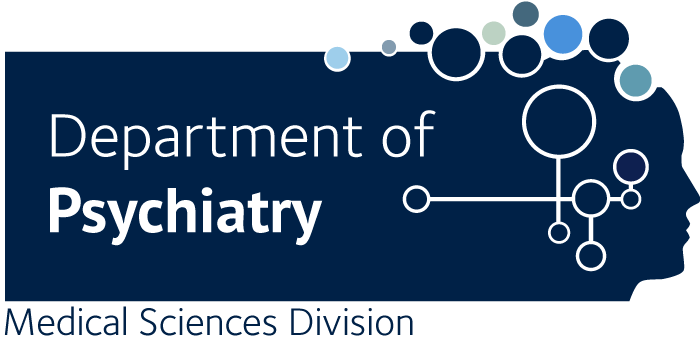Modulation of Posterior Alpha Activity by Spatial Attention Allows for Controlling A Continuous Brain-Computer Interface.
Horschig JM., Oosterheert W., Oostenveld R., Jensen O.
Here we report that the modulation of alpha activity by covert attention can be used as a control signal in an online brain-computer interface, that it is reliable, and that it is robust. Subjects were instructed to orient covert visual attention to the left or right hemifield. We decoded the direction of attention from the magnetoencephalogram by a template matching classifier and provided the classification outcome to the subject in real-time using a novel graphical user interface. Training data for the templates were obtained from a Posner-cueing task conducted just before the BCI task. Eleven subjects participated in four sessions each. Eight of the subjects achieved classification rates significantly above chance level. Subjects were able to significantly increase their performance from the first to the second session. Individual patterns of posterior alpha power remained stable throughout the four sessions and did not change with increased performance. We conclude that posterior alpha power can successfully be used as a control signal in brain-computer interfaces. We also discuss several ideas for further improving the setup and propose future research based on solid hypotheses about behavioral consequences of modulating neuronal oscillations by brain computer interfacing.

